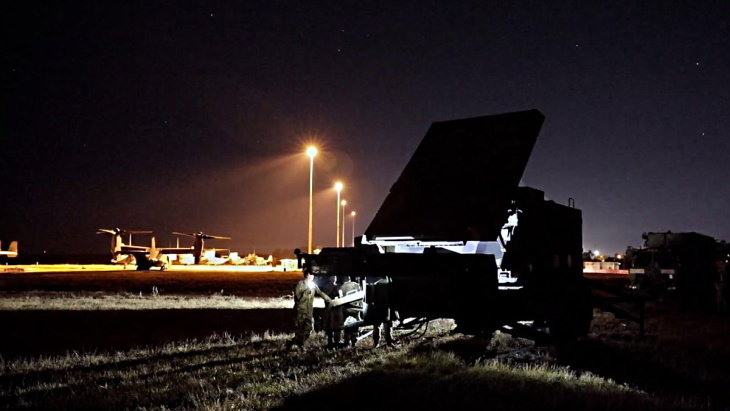A newly published report praises OECD Nuclear Energy Agency (NEA) member countries for identifying and implementing nuclear safety enhancements following the Fukushima accident, but warns that learning the lessons from Fukushima must be an ongoing process.
 |
| Jean-Christophe Niel, chair of the CNRA, and NEA director general Luis Echávarri, launch the report (Image: OECD NEA) |
The report, The Fukushima Daiichi Nuclear Power Plant Accident: OECD/NEA Nuclear Safety Response and Lessons Learnt, outlines and analyses the actions taken by the organization's member countries in response to the 2011 accident at the Japanese plant. It provides key messages for ensuring high levels of nuclear safety going forward.
The report has been drafted by the three NEA standing committees that have led the agency's action in response to the accident: the Committee on Nuclear Regulatory Activities (CNRA), the Committee on the Safety of Nuclear Installations (CSNI) and the Committee on Radiation Protection and Public Health (CRPPH).
In the first weeks after the accident, NEA member countries carried out preliminary reviews to ensure the safety of their nuclear operations, followed up by comprehensive safety reviews, or 'stress tests', to reassess safety margins especially in relation to the challenging conditions experienced at the Fukushima Daiichi plant, such as extreme external events and the loss of safety functions, or capabilities to cope with severe accidents.
Like Chernobyl and Three Mile Island before it, the accident at Fukushima Daiichi mobilised reaction on an worldwide scale, with numerous international nuclear regulatory and safety bodies acting to assess and improve safety. However, the report emphasises that Fukushima should not be seen as a one-off learning opportunity. "Since an accident can never be ruled out," it notes, "provisions for dealing with and managing a radiological emergency situation, onsite and offsite, must be planned, tested and regularly reviewed."
Many lessons have been learned already, including improved knowledge of the behaviour of used fuel pools under accident conditions and the necessity of improvements to crisis communication, emergency procedures and guidance, especially in situations where severe damage to infrastructure is caused by the so-called initiating event - the accident at Fukushima occurred against a backdrop of a region devastated by the earthquake and tsunami that triggered the events at the plant itself.
Although ensuring nuclear plant safety is a national responsibility, the report notes, the potential far-reaching consequences of an accident are a global concern. While the 'defence in depth' concept, on which the foundations of nuclear safety rest, remains valid, the Fukushima accident identified "significant" human, organizational and cultural challenges and more needs to be done to ensure the implementation of improvements across the globe, it says.
Even though a full analysis of the Fukushima accident will take many years, nuclear safety professionals have a responsibility to effectively implement safety practices and concepts, while regulators must ensure that the public and the environment are protected. In the words of NEA director general Luis Echávarri: "Nuclear energy requires the highest standards of safety, and there can be absolutely no complacency in this regard."
Researched and written
by World Nuclear News




_69218.jpg)

_50545.jpg)
_28367.jpg)
_76087_55556.jpg)




